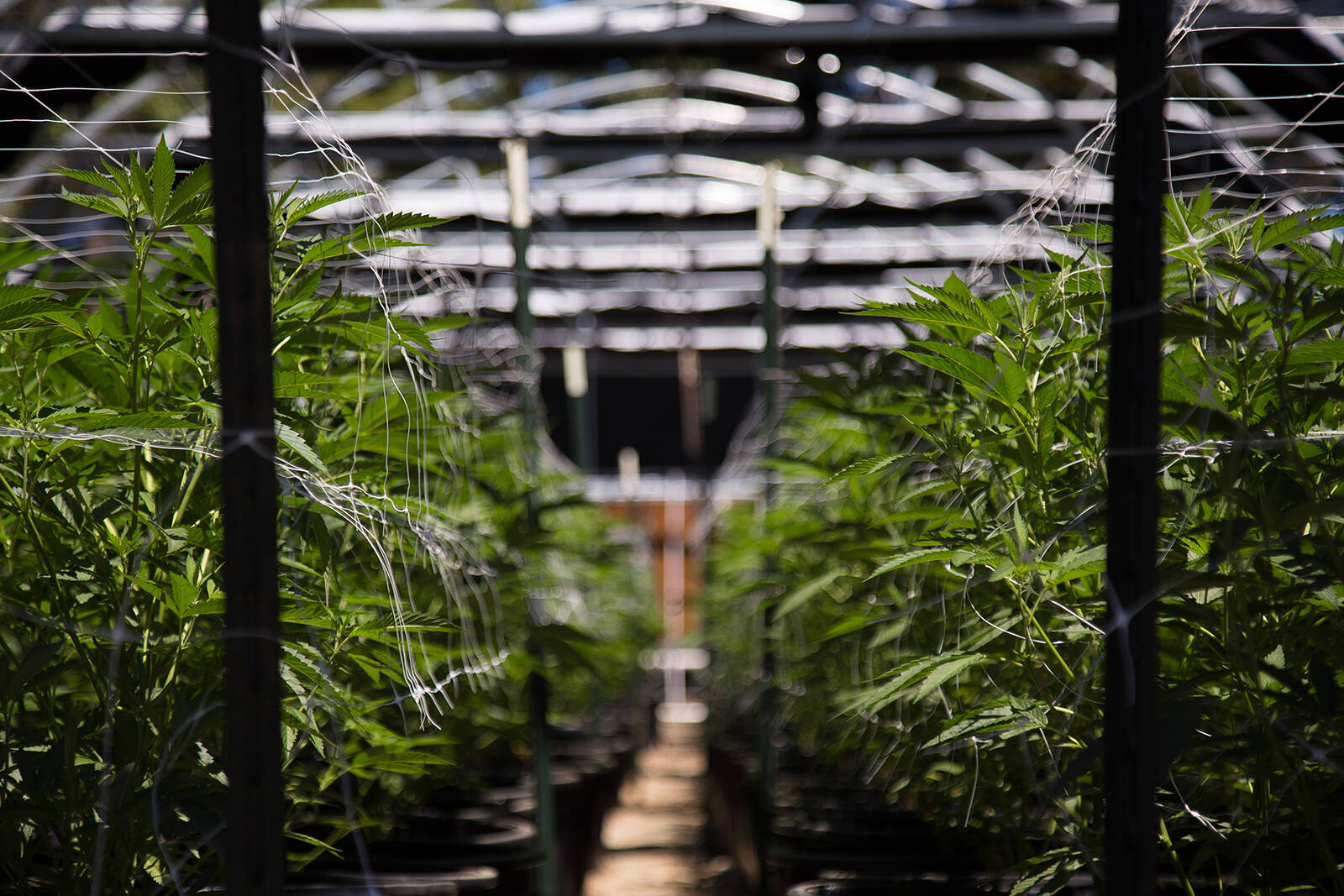What causes that ‘skunky’ odour emitted by cannabis production facilities, and what do these emissions mean for air quality, workers and the general public?
Those are among the questions asked in a new University of British Columbia study led by Davi de Ferreyro Monticelli, a doctoral student in UBC’s department of earth, ocean and atmospheric sciences. The study contends that the time to address these and other knowledge gaps is now, while the industry is still developing.
“This is a relatively new industry which is growing with the rise in cannabis legalization worldwide. Effective emission control practices and environmental policies are needed before new industrial practices become entrenched, and addressing the gaps identified in our review is a first step,” de Ferreyro Monticelli says.
Research suggests a facility growing about 1,700 cannabis plants can emit the same odour concentration as a livestock operation with about 30 pigs or about 1,600 chickens. “So, although their smells are not the same, one cannabis plant might be equivalent to about one chicken with respect to the intensity of the odours it produces.”
Cannabis smell has been linked to two classes of chemicals – terpenes and volatile sulphurous compounds, but it’s unknown which type contributes more to the odours. A better understanding would help the industry and policy makers control odorous emissions more effectively, de Ferreyro Monticelli says.
Among 16 major gaps to be addressed by researchers, regulators and industry is the measurement of air quality in and around cannabis facilities. Real-time sampling to capture changes in the composition of the air within short periods to properly understand the impact of cannabis facilities on overall air quality.
Creating and maintaining a database of different cannabis strains and their emissions will also improve the accuracy of cannabis cultivation emission inventories over time.
UBC researchers also looked beyond regulations to consider measures that could bring innovation or advantage to the industry. “For instance, some studies claim that by controlling environmental variables such as temperature, humidity, and concentrations of volatile organic compounds, one can increase the relative value of the crop and even standardize the chemical content in the cannabis flowers.”
And just how do scientists assess odour?
One way is through ‘dynamic olfactometry’ analyses, de Ferreyro Monticelli explains. “People capture a sample of air near a known odorous source and bring it back to the lab so it can be sniffed by trained assessors. The sample is first diluted with clean air and then concentrated further and further until half of the assessment panel can smell it. When this happens, the level of dilution is converted into an odour concentration. This has been performed for many industries and operations, including cannabis facilities, waste and wastewater treatment, and livestock operations.”
Find the latest must-read stories from the cannabis world at canadianevergreen.com, your go-to source for news, trends, products and lifestyle inspiration from the cannabis community and beyond. You can also follow us on Facebook and Instagram and Twitter.

